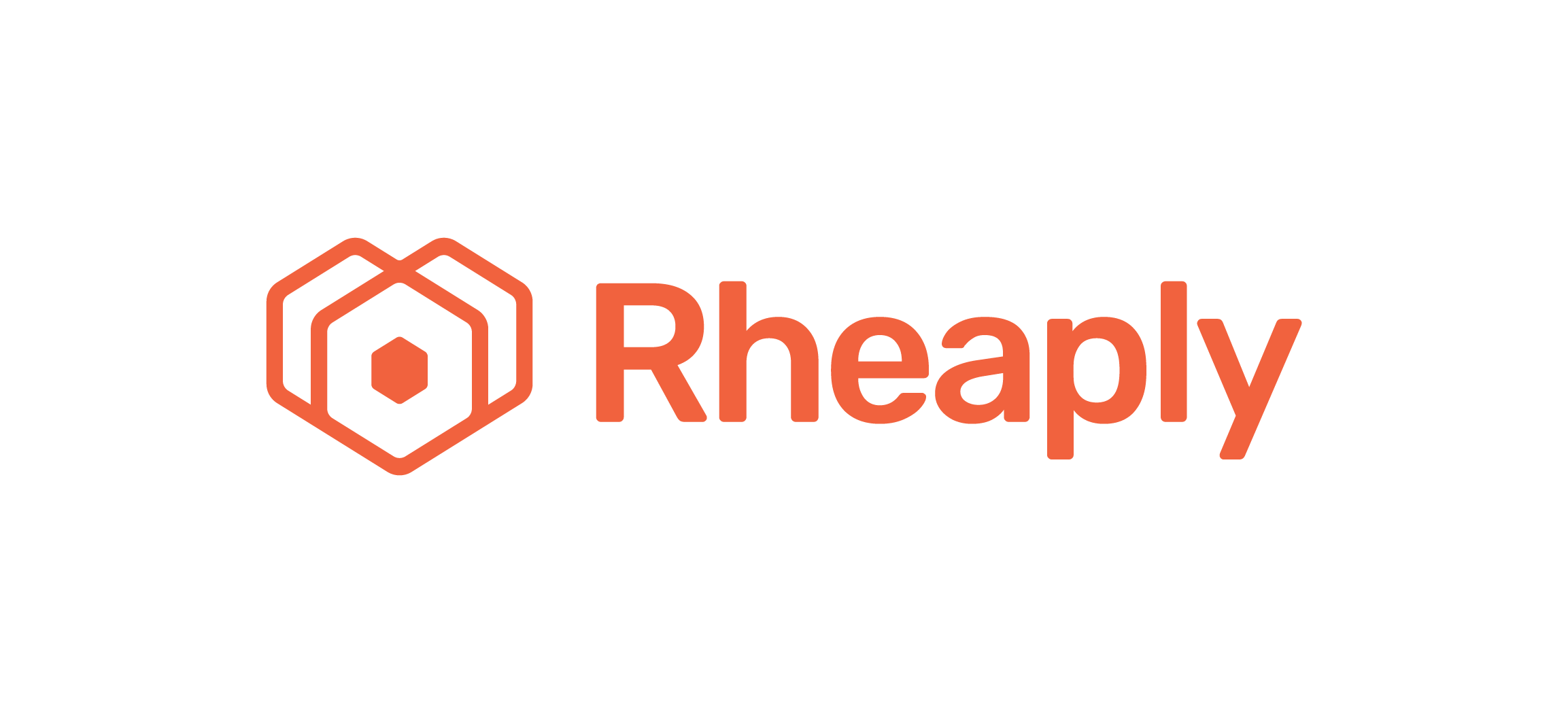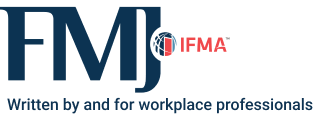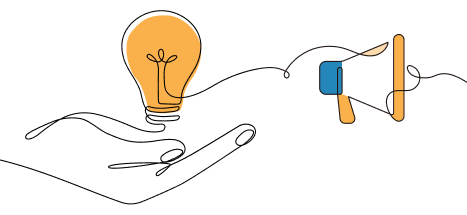Behind the Brand

Rheaply is a Chicago-based technology company that enables commercial facilities and workplace strategy teams to save time, money, and the environment by keeping items in use. The materiality of buildings and their life cycles contribute to a staggering 30-40% of all globally generated solid waste, and 30% of materials that are delivered to building sites ultimately end up in landfills.
Rheaply’s platform addresses this issue by enabling efficient sharing, reuse, and repurposing of assets within and between companies to reduce waste and optimize resource utilization.
Facilities and real estate teams answer questions like: How do I find time to find the next use in the community? Can somebody get rid of these items quickly, but more sustainably? What am I to do with the 400k square foot storage of outdated chairs?
While Rheaply’s clientele is expansive across the commercial enterprise landscape, the company also services all three levels of government; For example, The City of San Antonio - the host city for this year’s IFMA World Workplace 2024 – is working with Rheaply to help businesses turn salvageable materials into feedstock for low-waste construction projects. Learn more about their vision for a circular San Antonio via the Material Innovation Center documented in the latest report,
How is Rheaply helping facilities, real estate and design teams handle the next life for unwanted materials?
Rheaply provides a means for facilities, workplace strategy and space design teams to address the ensure furniture and other unwanted-but-still-valuable items can be kept out of landfill, effectively providing a way to:
- Know what’s available by digitally tracking and managing what matters most (e.g. condition, age, location, status of use), planning ahead for reuse
- Reuse what is actually needed within the company (outside departments sourcing from warehouse or design operations)
- Sell or donate what is still unwanted, leveraging a team of sustainable decommission service providers, remanufacturers and a 3,000+ strong network of external buyers, donation recipients, and other partners.
Rheaply then tracks embodied carbon avoidance and weight recaptured and diverted from landfill, an award-winning technology and reporting tool backed by WAP Sustainability and Microsoft.
What are the current barriers to reuse that Rheaply is solving for?
It’s no secret that commercial businesses are dealing with record vacancies and idle storage/warehoused items. It’s also no secret that time-to-removal obligations make it extremely hard for facilities, workplace design, space planners and occupancy planners to quickly identify what is available for a secondary use, or could potentially be valuable through remanufacturing or recovery within new builds or retrofits. As such, the status quo is that a new build or remodel requires new Furniture, Fixtures and Equipment (FF&E), and when those items are no longer needed, liquidation and landfilling is the fastest, cheapest option.
Rheaply starts by optimizing warehouse operations and digitizing your resources. The saying at Rheaply is that “digitized inventory leads to democratized demand”. What can be reused, what should be reused, and what should leave the organization should all have answers verified by data. Rheaply combines technology (like AI Suggestions) and boots-on-the-ground field services to tag and ID available products from warehouse or store rooms that can either be nearing the end of life, or just entering the business. Rheaply also installs QR codes that contain information that acts as onboarding and training for furniture installers and fulfillment teams.
How much can businesses save with Rheaply?
For just the furniture category, Rheaply saves businesses on average $203,396 in total replacement cost. This represents the cost to replace an item with a new item available on the market today, and the money saved through recirculated assets internally.
Beyond cost savings, the durable category also happens to be among the highest Scope 3 GHG emissions categories at 5,872,000 mtCO2e (2023 figures). With increasing pressure on businesses to disclose climate impact information, reuse of durable goods is becoming a quick-win solution that offers a triple-bottom-line win for companies.
How are Facilities Managers and workplace strategists uniquely positioned to move the needle on circularity?
The circular economy is a holistic solution that recaptures waste to create new resources and products, keeping goods, materials, and services in use for a regenerative future. The focus is on designing out waste and pollution, keeping products and materials in use, and regenerating natural systems.
Workplace strategists or Facilities Manager has the unique position and responsibility to inform the next, best use. As corporate real estate portfolios shrink, the role of the facilities management leader continues to grow increasingly complex with more facilities professionals executing decommissioning projects or large-scale FF&E donations on tight timelines.
What’s the best way to get started with Rheaply?
While every organization is on a different circularity journey, we feel the best way to get started is to start with an assessment of your current end-of-life processes.
Most FMs get started with Rheaply with a decommission or donation matchmaking services (rheaply.com/services). It enables them to understand how the tool works while making a difference in the community and is in line with sustainability goals.







